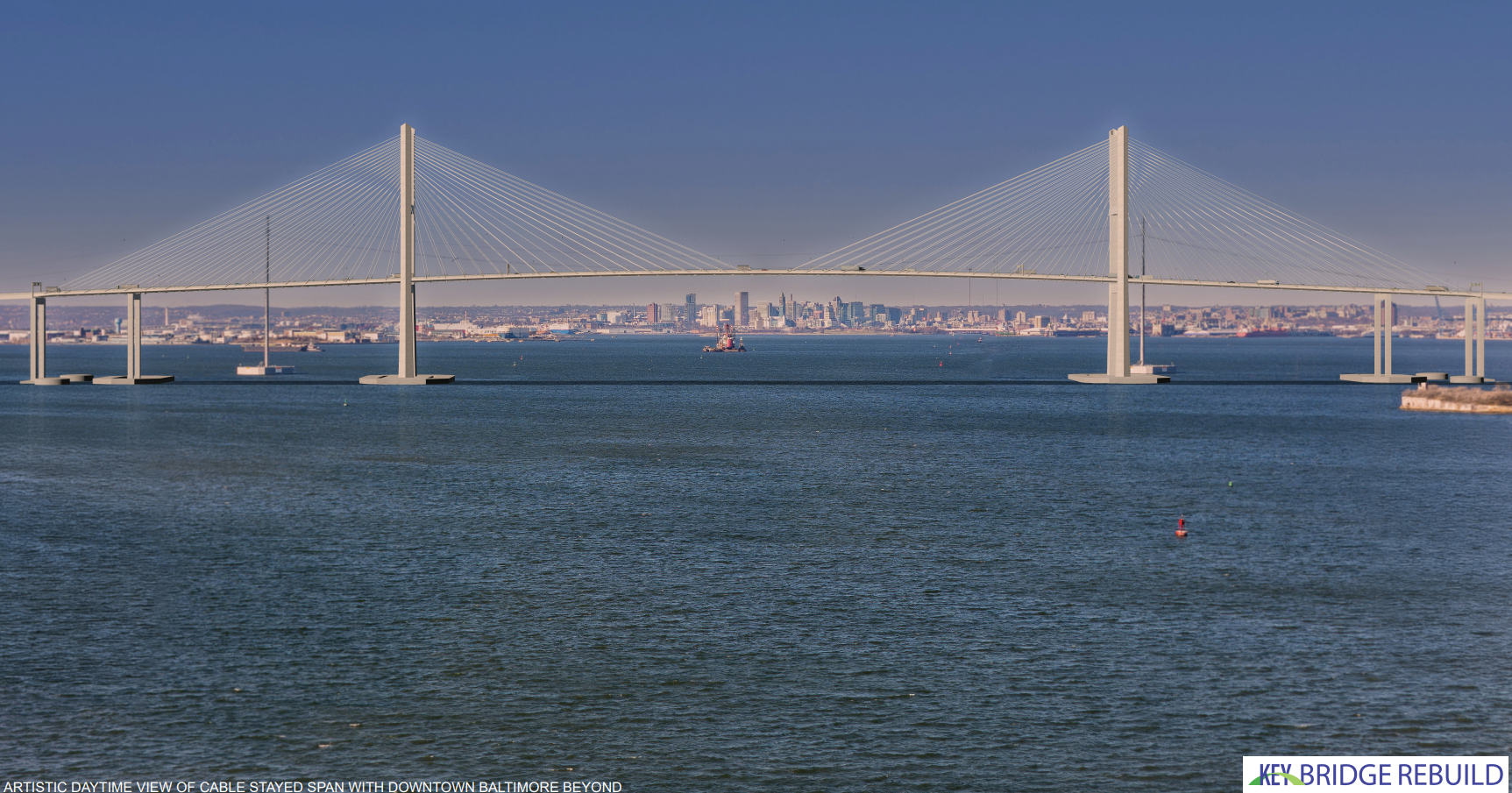BALTIMORE – It has been a year since the catastrophic collapse of the Francis Scott Key Bridge, and while efforts to rebuild are underway, progress remains frustratingly slow.
The Maryland Transportation Authority (MDTA) has made strides in laying the groundwork for reconstruction, but the complexity of the project and the meticulous planning required have left many residents and commuters wondering when the vital artery will be restored and when the project will be ready to begin the construction phase.
On February 12, 2024 the MDTA announced a significant step forward with the approval of three $20 million Construction Management and Inspection Services contracts by the Maryland Board of Public Works. The contracts, awarded to Greenman-Pederson, Inc./Gannett Fleming, Inc. (a Joint Venture), Michael Baker International, Inc./STV, Inc. (a Joint Venture), and AECOM Technical Services, Inc., designate these firms as key consultants overseeing the rebuild. Their responsibilities include constructability reviews, detailed inspections, materials testing, scheduling, and ensuring compliance with Disadvantaged Business Enterprise (DBE) goals—a critical component of the project’s framework.
The contracts stem from a request for proposals issued on September 9, 2024, with submissions evaluated in October 2024 and finalized by the MDTA Board in January 2025.
Each contract, structured as an open-ended, task-order-based agreement, carries a five-year term and a 33% DBE participation goal. These consultant teams are now collaborating with MDTA’s General Engineering Consultant, Bridging Maryland Partnership, and the Progressive Design Builder, Kiewit Infrastructure Co., to manage the construction process and ensure quality at every stage.
Yet, despite these organizational advancements, tangible progress on the ground remains limited. The collapse of the Key Bridge disrupted a critical link in Baltimore’s transportation network, and the absence of a clear timeline for completion has fueled frustration.
The rebuild process has been methodical by necessity. The consultant teams are tasked with overseeing everything from erosion and sediment control to maintenance of traffic during construction—an intricate dance of logistics for a project of this scale.
The MDTA has emphasized that the involvement of experienced firms like Kiewit Infrastructure Co., known for its work on major infrastructure projects, is a sign of commitment to getting it right. Still, the lack of visible construction milestones has tempered optimism.
Community engagement remains a priority for the MDTA, which has promised ongoing discussions about the bridge’s future design and functionality. The agency’s website, KeyBridgeRebuild.com, offers updates and schedules for public events where residents can voice their input. But for now, those updates paint a picture of a project still in its infancy, with design phases and permitting processes taking precedence over shovels in the ground.
For Baltimore, the hope is that the slow going of today will soon give way to the steady hum of construction—and, eventually, the return of a bridge that once connected their city.

